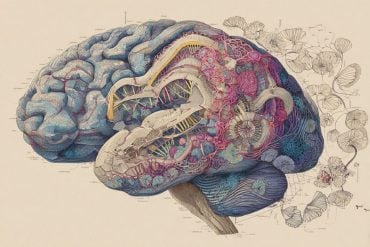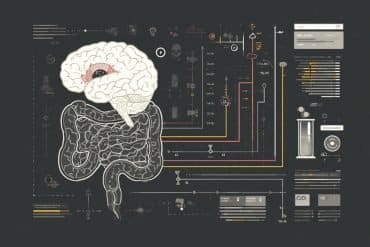Summary: Using data from Twitter, researchers were able to determine specific events and locations within cities that were associated with different emotions. Train stations and transportation sites were associated with less joy and more disgust, while hotels and restaurants were linked to a greater expression of joy.
Source: PLOS
An analysis of nearly 2 million Tweets made by people in London and San Francisco explores specific events and types of locations that are associated with different emotions.
Panote Siriaraya of the Kyoto Institute of Technology, Japan, and colleagues present these findings in PLOS ONE.
A growing body of research examines social media posts and location data to explore human behavior and emotions; for instance, to compare levels of happiness between geographic regions.
However, much of that work has been limited to larger geographic scales and is focused on just one emotion at a time, or on a general assessment of positive versus negative emotion.
Siriaraya and colleagues now demonstrate how human emotional expression can be explored at a finer-grained level using Tweets and information on specific buildings, businesses, and other locations of interest from the public platform Open Street Map.
They used computational tools known as neural networks to analyze nearly 2 million Tweets made by more than 200,000 people in London and San Francisco, identifying when and where people expressed anger, anticipation, disgust, fear, joy, sadness, surprise, or trust.
The analysis showed that different location types were associated with expression of different emotions. For instance, in both cities, tweets made in train stations, bridges, and other transportation sites tended to express less joy and more disgust. Tweets from hotels and restaurants showed higher levels of joy. Additionally, proximity to certain sites—and not just being within the sites—was associated with a difference in expressed emotions.
Specific events appeared associated with higher levels of specific emotions; for instance, San Francisco users displayed their highest levels of anger, disgust, and sadness on the day of the 2017 Women’s March, and London users showed high levels of fear and sadness during two local terrorism attacks. New Year’s Eve coincided with high levels of joy in both cities.

The researchers caution against overgeneralizing their results; for instance, the study only included Tweets in English. Nonetheless, they could help pave the way to additional fine-grained research to inform such fields as urban planning and tourism.
The authors add, “Our study highlights how it is possible to portray the characteristics of fine-grained emotions at a detailed spatial and temporal level throughout the whole city, using publicly available data sources.”
About this social media and emotion research news
Author: Press Office
Source: PLOS
Contact: Press Office – PLOS
Image: The image is in the public domain
Original Research: Open access.
“A city-wide examination of fine-grained human emotions through social media analysis” by Panote Siriaraya et al. PLOS ONE
Abstract
A city-wide examination of fine-grained human emotions through social media analysis
The proliferation of Social Media and Open Web data has provided researchers with a unique opportunity to better understand human behavior at different levels. In this paper, we show how data from
Open Street Map and Twitter could be analyzed and used to portray detailed Human Emotions at a city wide level in two cities, San Francisco and London. Neural Network classifiers for fine-grained emotions were developed, tested and used to detect emotions from tweets in the two cites. The detected emotions were then matched to key locations extracted from Open Street Map.
Through an analysis of the resulting data set, we highlight the effect different days, locations and POI neighborhoods have on the expression of human emotions in the cities.






